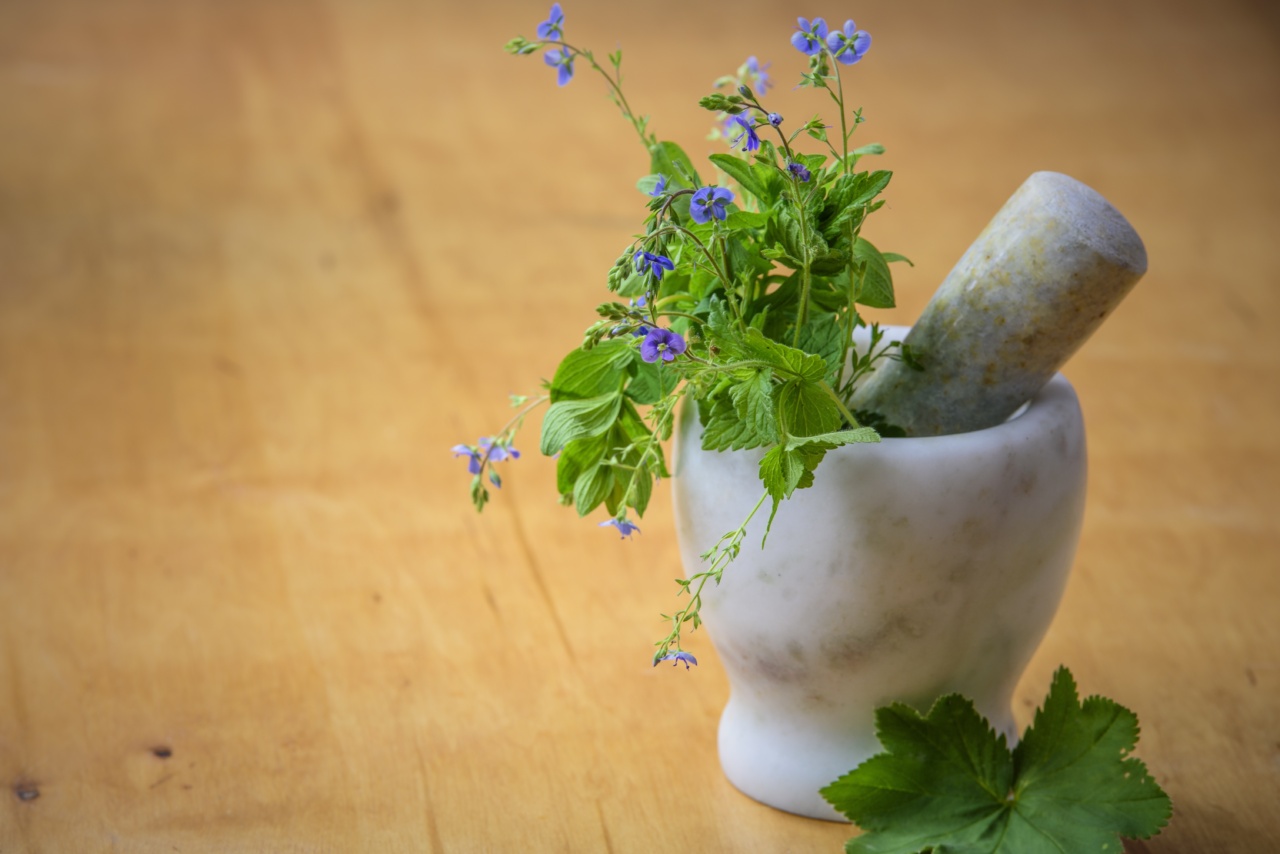The color green is often associated with nature, growth, and harmony. We see it in the lush greenery of trees, plants, and grass, and it is an impactful color that can affect our state of mind.
In this article, we will explore how the color green can impact our mental health and well-being.
Green in Nature
Nature is often referred to as “green” for obvious reasons. The abundance of this color in natural environments has a calming effect on our minds and bodies.
Research has shown that spending time in nature, surrounded by greenery, can reduce stress, anxiety, and depression. This is because green is a color that is closely associated with calmness, tranquility, and a sense of relaxation.
The Physiological Effects of Green
Studies have shown that the color green can actually have a positive impact on our physiological responses. For example, green has been found to lower heart rate and reduce blood pressure.
It can also help to reduce muscle tension, making it easier to relax and unwind, and can lower stress hormone levels in the body, reducing overall stress and anxiety levels.
The Psychological Effects of Green
The psychological effects of green are just as impactful as the physiological effects. Green can improve our focus and concentration, making it easier to tackle tasks and work through problems.
It can also boost our mood, helping to alleviate feelings of depression and sadness. In fact, studies have shown that just looking at the color green can produce positive feelings, making it an ideal color to have in our environments.
The Impact of Green Environments
Green environments, such as parks, gardens, and other natural settings, have been found to have a positive impact on our mental health.
Spending time in these environments can reduce feelings of stress and anxiety, helping us to feel more relaxed and calm. Green environments have also been found to have a positive effect on our social interactions, improving our sense of community and belonging.
Green in Interior Design
The color green can also have a positive impact on our mental health in interior design. Green walls, furniture, and decor can create a sense of calm and relaxation in our living spaces, helping us to feel more at ease in our homes.
Green can also be combined with other colors to create a wide range of effects. For example, combining green with blue can create a peaceful and serene environment, while combining green with yellow can create a more vibrant and energizing space.
Green for Healing Environments
Green is also commonly used in healthcare settings, thanks to its calming effects on patients. Research has shown that patients in green environments experience less pain, have shorter hospital stays, and require less medication.
Green can also be used in therapy settings, helping patients to feel more relaxed and open.
The Negative Side of Green
While green is mostly associated with calming and positive effects, there are some negative associations with the color as well.
For example, the phrase “green with envy” suggests jealousy and envy, while “green around the gills” implies nausea and sickness. Additionally, some people may find certain shades of green to be overwhelming or unappealing, making it important to choose the right shade for the intended effect.
The Right Shade of Green
Choosing the right shade of green is crucial to achieving the desired effect. Darker shades of green can have a more serious and formal tone, while lighter shades can create a more relaxed and casual atmosphere.
Bold shades of green can be energizing and exciting, while muted shades can create a more subdued and calming effect. It’s important to consider the intended use of the space and the desired effect when choosing a shade of green.
Conclusion
The color green has a significant impact on our mental health and well-being. From reducing stress and anxiety to improving our mood and concentration, green is a powerful color that can improve our overall quality of life.
It’s important to incorporate green into our environments, whether through natural surroundings or interior design, to create a sense of calm and relaxation in our lives.































